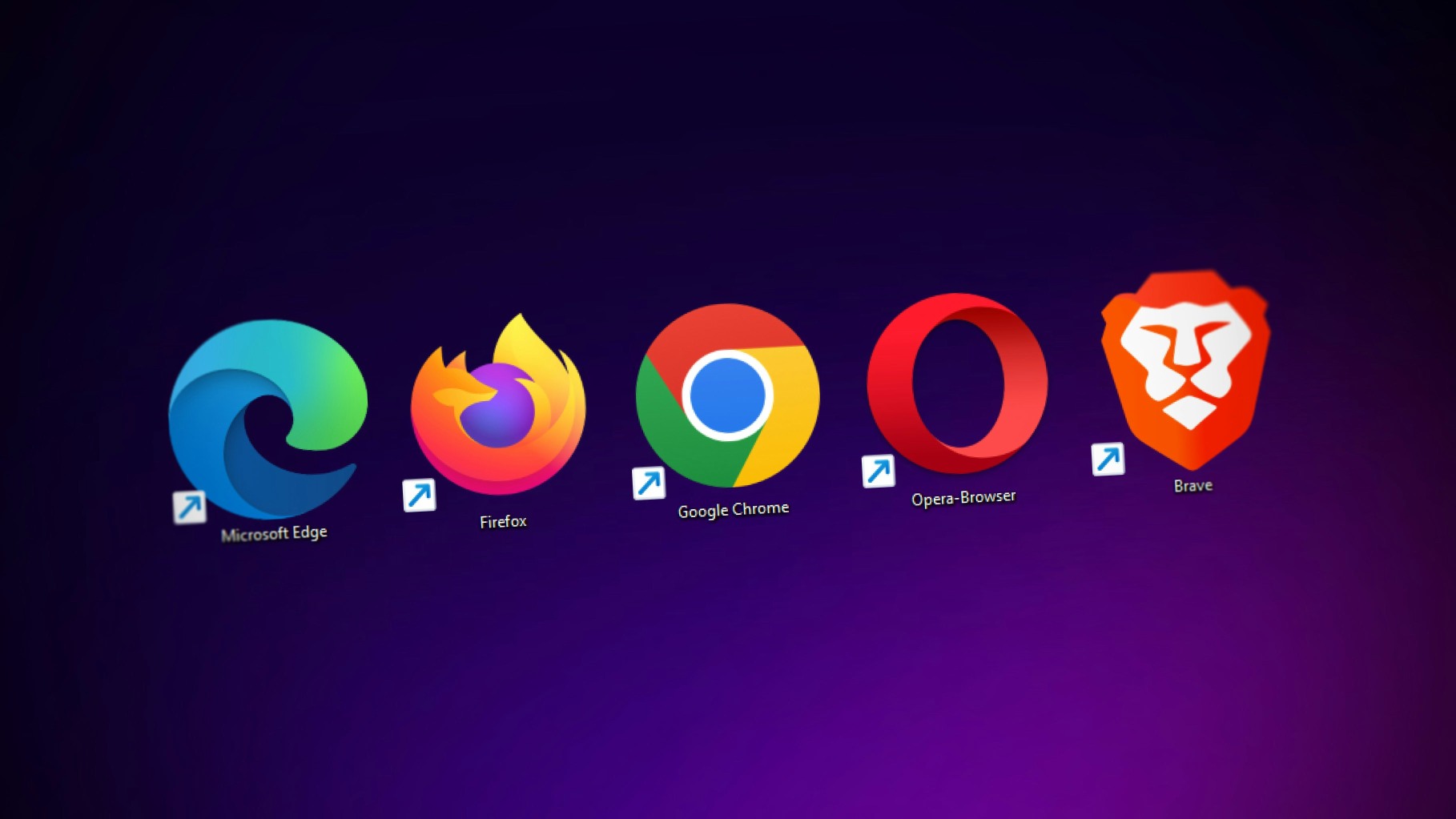The Impact of Internet Surfing on Mental Health: Understanding Doomscrolling and Harmful Content
In today’s hyper-connected world, the internet has become an integral part of our daily lives. However, as convenient and resourceful as it is, excessive internet use can pose significant risks to mental health. This article explores the phenomenon of doomscrolling, exposure to harmful content, and their effects on psychological well-being, with insights from Sentivisor’s sentiment analysis expertise.
What is Doomscrolling?
Doomscrolling refers to the compulsive consumption of negative or distressing news on the internet, often through social media or news apps. The term gained traction during the COVID-19 pandemic, but its relevance continues in an age where bad news is only a click away. Studies show that doomscrolling can exacerbate anxiety, depression, and stress, as the continuous exposure to negative information overstimulates the brain’s stress response system.
How It Affects Mental Health
-
Increased Anxiety and Stress:
-
Regular exposure to distressing news activates the sympathetic nervous system, leading to chronic stress and heightened anxiety levels. This cycle often results in sleep disturbances and mood swings.
-
-
Depression and Emotional Fatigue:
-
Research highlights that 16.5% of people view doomscrolling as severely problematic, while nearly 27% find it moderately concerning. Constant negativity can foster feelings of hopelessness and exacerbate depressive symptoms.
-
-
Physical Health Impacts:
-
Doomscrolling often leads to sedentary behaviors, reduced physical activity, and unhealthy eating habits. Prolonged stress can also trigger issues such as high blood pressure and fatigue.
-
Harmful Online Content
Beyond doomscrolling, exposure to harmful online content—such as graphic violence, cyberbullying, or unrealistic beauty standards—can also take a toll on mental health. Adolescents and young adults are particularly vulnerable, with studies showing increased rates of body image issues, low self-esteem, and even suicidal ideation linked to social media consumption.
Examples of Harmful Content
-
Cyberbullying: Victims of online harassment often experience significant psychological distress, including anxiety and depression.
-
Misinformation: Exposure to false or exaggerated information can lead to unnecessary panic or fear.
-
Addictive Algorithms: Platforms use algorithms to maximize user engagement, often trapping users in an echo chamber of negativity.
Strategies to Mitigate Negative Effects
-
Set Boundaries:
-
Limit screen time and avoid using electronic devices before bedtime.
-
-
Curate Your Feed:
-
Follow accounts and sources that provide uplifting and accurate information. Use features like “Do Not Show” to filter out negative content.
-
-
Practice Mindfulness:
-
Incorporate mindfulness or relaxation techniques to manage stress and anxiety.
-
-
Seek Professional Help:
-
If doomscrolling or harmful content significantly impacts your daily life, consult a mental health professional.
-
How Sentivisor Can Help
Sentivisor’s advanced sentiment analysis tools are designed to help individuals and organizations identify emotional triggers in online content. By analyzing text based on six core emotions, Sentivisor provides actionable insights to mitigate the negative impact of doomscrolling and harmful online content. Whether you’re a content creator aiming for positivity or an individual seeking healthier digital habits, Sentivisor can guide you toward a more balanced online experience.
Conclusion
While the internet offers unparalleled access to information, its overuse—particularly through doomscrolling and exposure to harmful content—can harm mental health. By understanding these risks and adopting healthy online habits, individuals can harness the benefits of the internet without compromising their psychological well-being.
For more insights and support, consider engaging with reputable mental health resources and exploring Sentivisor’s tools to foster a healthier digital environment.

